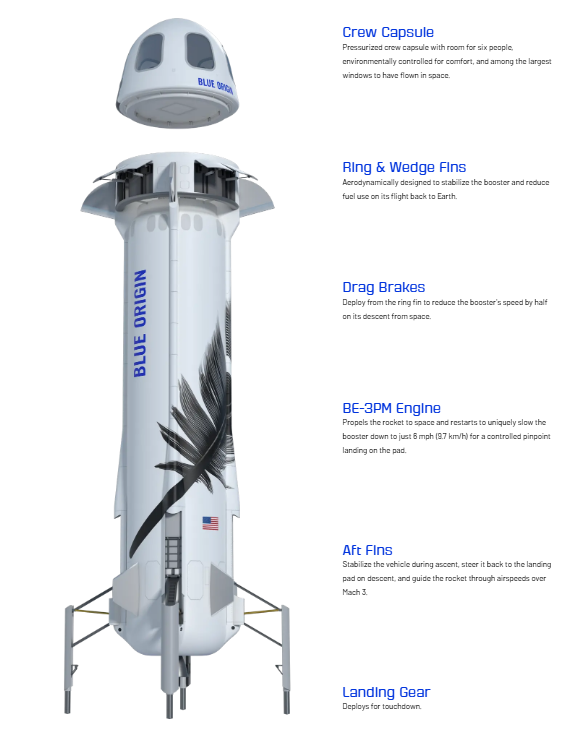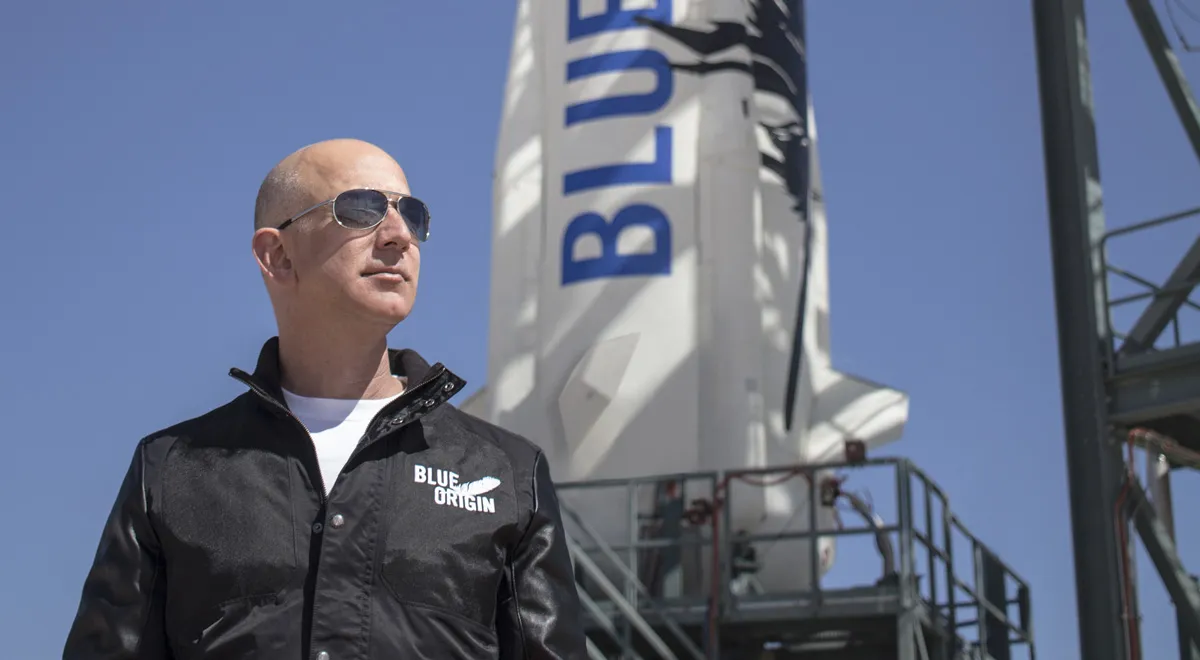Jeff Bezos’s journey into space is a deeply personal, long-term endeavor, not just a business venture. His lifelong fascination with moving heavy industries into space to preserve Earth, a vision cultivated since his youth, laid the foundation for his later pursuits. In 2000, after achieving massive success with Amazon, Bezos founded Blue Origin, an aerospace manufacturer and spaceflight services company. The name itself, “Blue Origin,” underscores his core philosophy: Earth is humanity’s origin, which needs protection, and space offers the boundless resources for expansion.
Uniquely, Bezos primarily self-funded Blue Origin by selling Amazon stock, allowing the company to operate with a degree of secrecy and a long-term strategic outlook, free from immediate financial pressures. From its inception, Blue Origin was laser-focused on developing reusable rocket technology, a key to making space travel affordable and accessible. Their early work involved extensive research and development into propulsion systems and vertical takeoff and vertical landing (VTVL) capabilities, with a series of demonstrator vehicles testing engine designs and landing algorithms.
Suborbital Space Tourism and Proving Reusability
Blue Origin’s first major public-facing program was New Shepard, a fully reusable suborbital rocket system designed for short, tourist-oriented flights to the edge of space. A pivotal moment occurred in November 2015 when the New Shepard booster successfully launched, reached space, and then landed vertically back on Earth, marking a significant achievement in reusable rocket technology. The company further solidified its reusability claims by re-flying the same booster in 2016. After numerous uncrewed test flights, a historic milestone was reached on July 20, 2021, when Jeff Bezos himself, along with his brother Mark, Wally Funk, and Oliver Daemen, flew aboard New Shepard, initiating commercial suborbital space tourism for Blue Origin. New Shepard continues to conduct commercial crewed flights, offering passengers brief moments of weightlessness and stunning views, serving as a vital stepping stone for Blue Origin’s larger ambitions in human spaceflight.

Orbital Ambitions and Heavy-Lift Capabilities
Beyond suborbital tourism, Blue Origin’s more ambitious goal is the development of the New Glenn heavy-lift orbital launch vehicle. Announced in 2016, New Glenn is a two-stage (with potential for a third stage) reusable rocket, standing at an impressive 98 meters (320 feet) tall, designed to carry heavy payloads to various orbital destinations and beyond. Its first stage is engineered for full reusability, landing vertically on a maritime platform. A critical component is Blue Origin’s BE-4 engine, which powers New Glenn and is also used by United Launch Alliance’s Vulcan Centaur rocket. After several delays, the first New Glenn rocket successfully completed its inaugural flight in January 2025, carrying a prototype Blue Ring spacecraft. This was a crucial step, demonstrating the vehicle’s capabilities and setting the stage for future commercial and government launches from Blue Origin’s extensive manufacturing facilities and launch infrastructure at Cape Canaveral.
Blue Moon and Project Kuiper
Bezos’s vision extends to the Moon with the Blue Moon lunar lander, unveiled in May 2019, designed to deliver cargo and eventually humans to the lunar surface. Blue Origin secured a NASA Human Landing System (HLS) contract for its “National Team” proposal, aiming to provide a second human landing system for Artemis missions. A key part of this lunar vision is the utilization of in-situ resources through the “Blue Alchemist” project, which aims to convert lunar regolith into solar cells and oxygen. Additionally, through Amazon, Jeff Bezos is leading Project Kuiper, a massive satellite internet constellation designed to provide global broadband access. This venture, while not directly under Blue Origin, underscores Bezos’s commitment to developing robust space infrastructure, as Kuiper will rely on frequent, cost-effective launches, with New Glenn expected to play a crucial role.
Bezos’s Enduring Philosophy and the Competitive Landscape
Bezos’s space philosophy is rooted in preserving Earth by moving polluting industries into space, allowing our planet to become a residential sanctuary. He champions Gerard K. O’Neill’s concept of large, rotating space habitats (O’Neill cylinders) that could house trillions. He sees Blue Origin as building the fundamental “road to space,” enabling future generations to expand into the solar system, guided by Blue Origin’s motto: “Gradatim Ferociter” (“step by step, ferociously”). This long-term, patient approach contrasts sharply with his primary competitor, Elon Musk’s SpaceX. Musk’s vision centers on the rapid colonization of Mars as a “backup plan” for humanity, emphasizing speed, rapid iteration, and pushing technological boundaries with the highly successful Falcon 9/Heavy and the ambitious Starship.
While SpaceX dominates the current commercial launch market with faster development and more flight heritage, Blue Origin is steadily progressing with its reusable technology. Other competitors include United Launch Alliance (ULA), which uses Blue Origin’s BE-4 engines for its Vulcan Centaur rocket, Arianespace with its Ariane 6, Rocket Lab targeting small satellite launches, and Virgin Galactic in suborbital tourism. Despite challenges like slower development pace and initial HLS contract setbacks, Bezos’s immense resources and generational vision position Blue Origin as a formidable, long-term player in the burgeoning space industry, ultimately accelerating innovation for humanity’s future among the stars.




